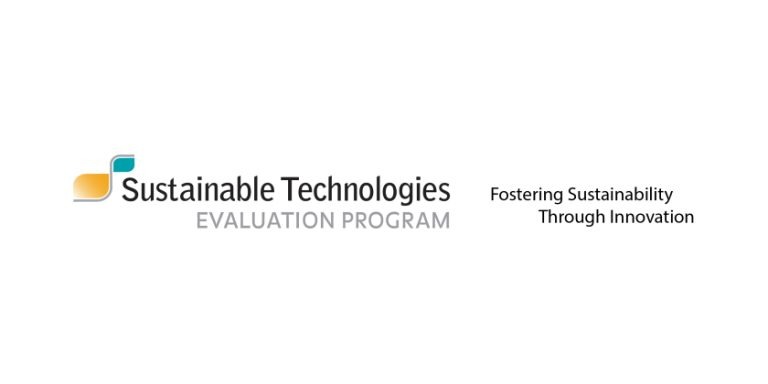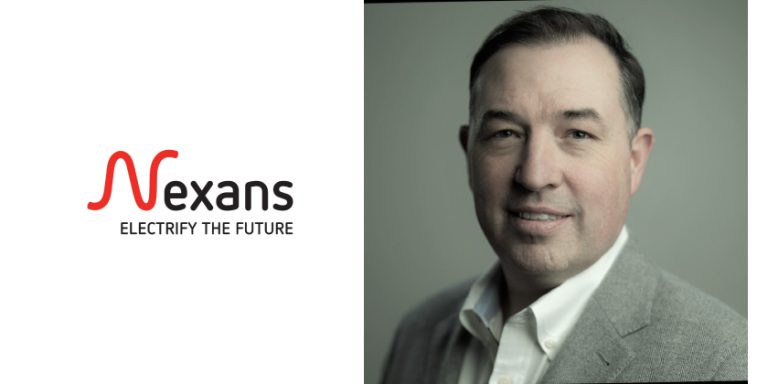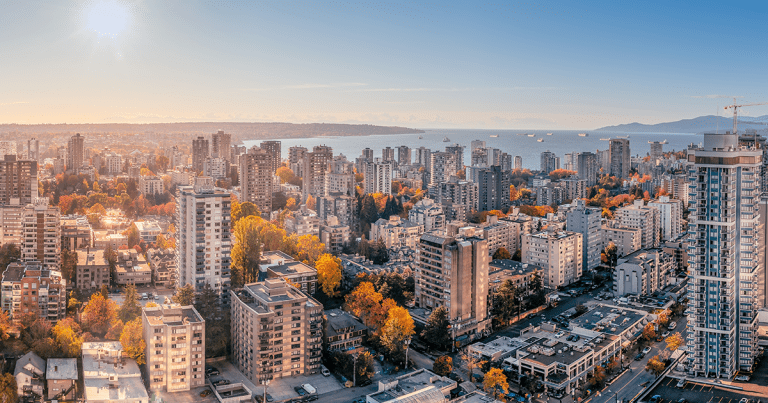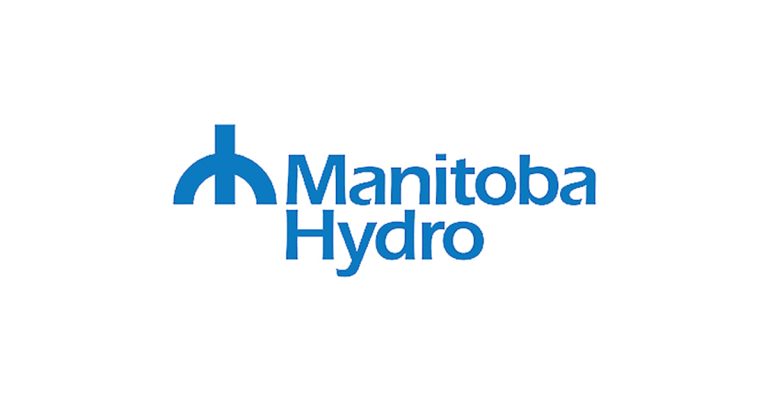Marlinja Community Taking Control of its Power with Clean Energy Grid
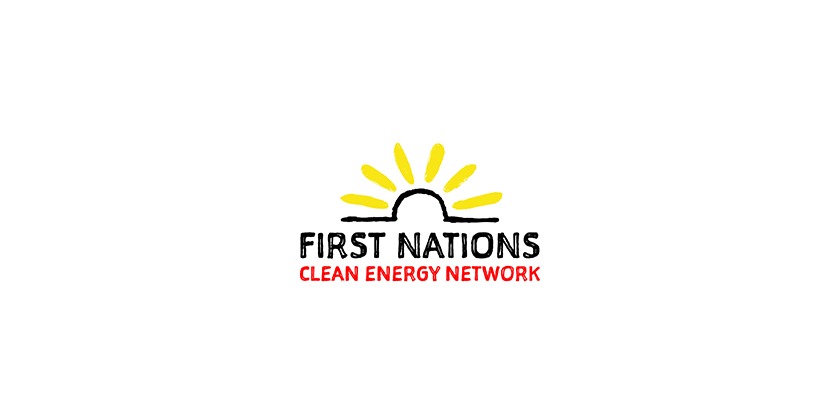
June 4, 2024
A First Nations community in the Northern Territory has been battling chronic power shortages and high electricity bills for years. Desperate to keep the lights on and struggling to get government support, the people of Marlinja have taken matters into their own hands.
The community is setting up its own clean energy power grid, part of a bigger project to help First Nations communities make the most of the transition to a net zero economy.
Remote Marlinja in the Northern Territory is a tiny place – a school, less than 20 homes, and about 60 residents.
Chantelle Johns has lived there for about seven years. “We’re pretty much situated kind of smack bang in the middle of Alice Springs to Darwin off the Stuart Highway. If you don’t know where we are, you’d miss us.”
Marlinja’s energy is supplied by a hybrid gas and diesel power station run by the NT Power and Water Corporation. It’s delivered to the community by a 25 kilometre feeder line. When something goes wrong, the community loses power and help can be slow to arrive.
“These blackouts can be from ten minutes to 4 or 5 days. And when we black out of power we also lose water in the whole community as well. The pumps and everything switch off.
“Towards the end of last year which was also peak flooding time for the community, where we get completely cut off from the highway, we actually experienced a 3 day blackout, but that also caused 3 weeks worth of no water as well because the utilities and all them couldn’t actually get to us.”
Even when the power is flowing, residents struggle to keep the lights on.
Lauren Mellor is a clean energy community coordinator with Original Power, a not-for-profit that helps First Nations communities with the energy transition.
“People in Marlinja access power through a prepaid meter system that is mandated by the Northern Territory government. It operates in almost all First Nations communities across the Northern Territory and it means, to access power services in the household, you need to purchase credit upfront, similar to a pre-paid mobile phone plan. When that credit expires, your household immediately goes dark and you lose access to all power until you can afford to top up again.”
A study by the Australian National University looking at 28 remote Aboriginal communities in the NT found 74% of households on pre-paid meters, like those, had their power cut more than ten times in the course of a single year.
Residents in Marlinja were sick of it so they invited Original Power to come and help.
At first they looked at installing rooftop solar but with the community’s social housing in the hands of the NT government, that was unlikely to happen. Instead, they started looking at a more expensive and ambitious option.
“We are building with the community a 100 kilowatt solar farm, with 136 kilowatt hour battery connected to it,” says Lauren. “And that solar farm will self supply the community’s energy needs throughout the day. And the battery will supply some of the energy needs at night.”
The community is getting its own microgrid, a project Lauren Mellor estimates will cost around $650,000. Original Power covered that money by fundraising from philanthropic donors. The solar panels will power the community, but they’ll also keep the lights on at other times by providing locals credits on their power bills.
“At the moment,” says Lauren, “Marlinja residents will drive to the shop mostly on a daily basis. They’ll purchase a power card, they’ll come home, they’ll top up their credit, and that will last as long as they’re able to afford to. Now what will happen is the solar microgrid will produce the power for the community in the back end, that will be distributed as credit onto their meters, and a resident will come inside the house, check their meter, and instead of being in deficit in the morning, that resident should have $20 to $30 each day applied to their meter.”
There are limitations to this model – the most obvious being the high initial cost. Original Power is hoping that once the grid is up and running, the community will be able to sell excess power and make a profit, incentivising other communities to invest in similar projects.
Elsewhere in the Outback, communities are being approached by major renewables developers to consider large scale solar, hydrogen and wind projects on their lands.
Karrina Nolan is the executive director of Original Power. “Lots of people didn’t have any information and weren’t sure what solar farms would look like, what the scale would be.
“We talked to some Traditional Owners and said it actually it could take you two days to walk around the size of that potential site. So there wasn’t enough information about what the project footprint would look like and potential impacts on Country. But also on the flip side of that, there wasn’t enough information about what the benefits could be.”
Karrina Nolan has been helping those groups negotiate with renewables developers. For some, it means making sure energy goes back into the communities that desperately need it, like Marlinja. For others, it means negotiating equity stakes in big projects. The negotiation of those deals is something the federal government is paying attention to with its First Nations Clean Energy Strategy expected to be released soon.
Karrina Nolan says the government needs to ensure communities have the resources and information to negotiate with developers.
“Imagine if we had the opportunity to rewrite the rules in how mining was done twenty years ago – if we do it in a way that really benefits generations to come, if it was economic development done the right way. I think there really is an opportunity to get this right.”
Back in Marlinja, Chantelle Johns is now working for a Original Power as its community liaison officer. She’s looking forward to the town’s new grid being switched on in the coming weeks. She hopes it keeps the lights on and helps keep locals living in the community where they were born.
“The culture is so strong here – all their cultural practices and everything. So it’s home, you know, and no one wants to leave their home just because we can’t get certain things like other people get in towns or cities. To us, we sit here and think, well that’s not fair. Just because we’re in a community, we should have those things too.
“But in order for us to get those things, we have to do it ourself.”




